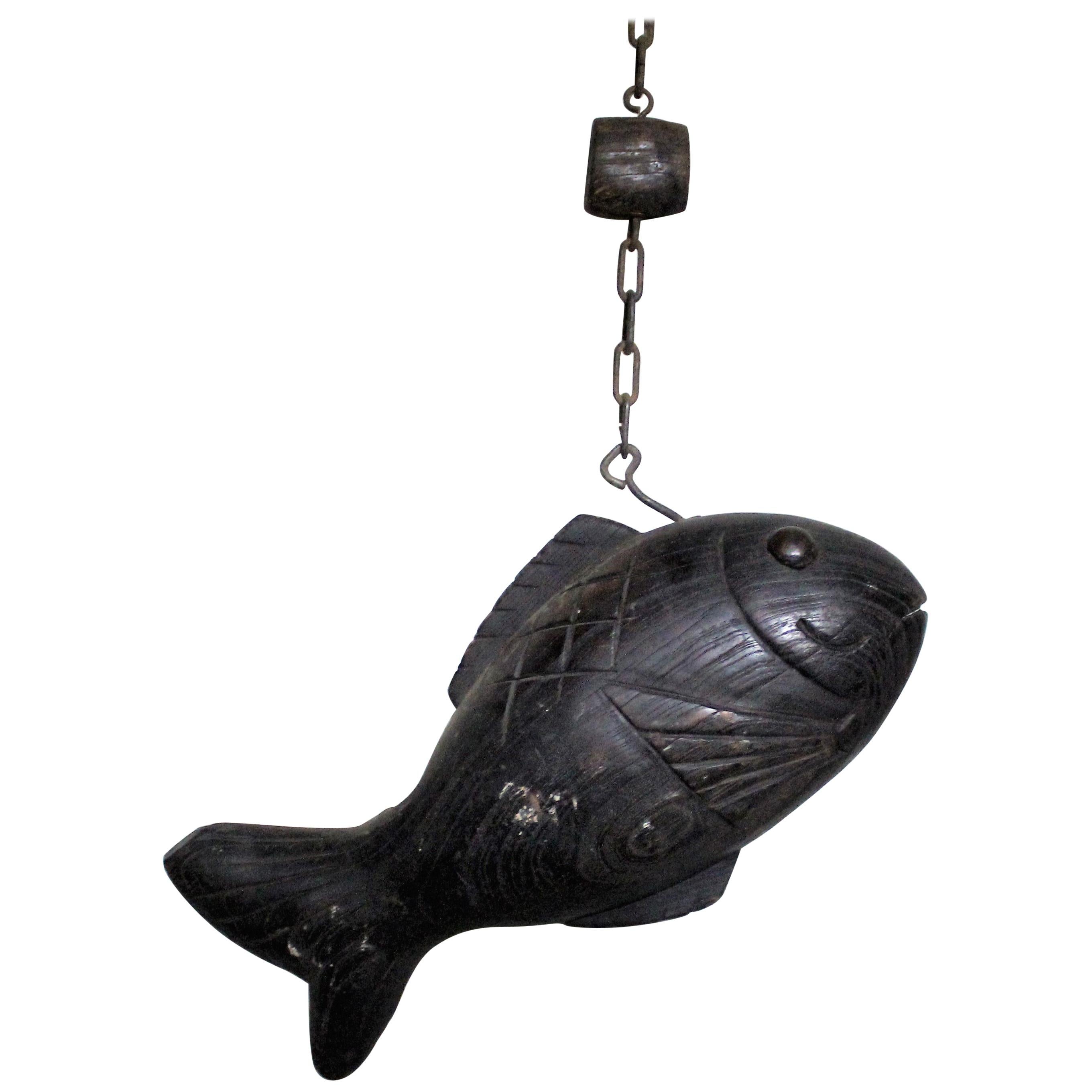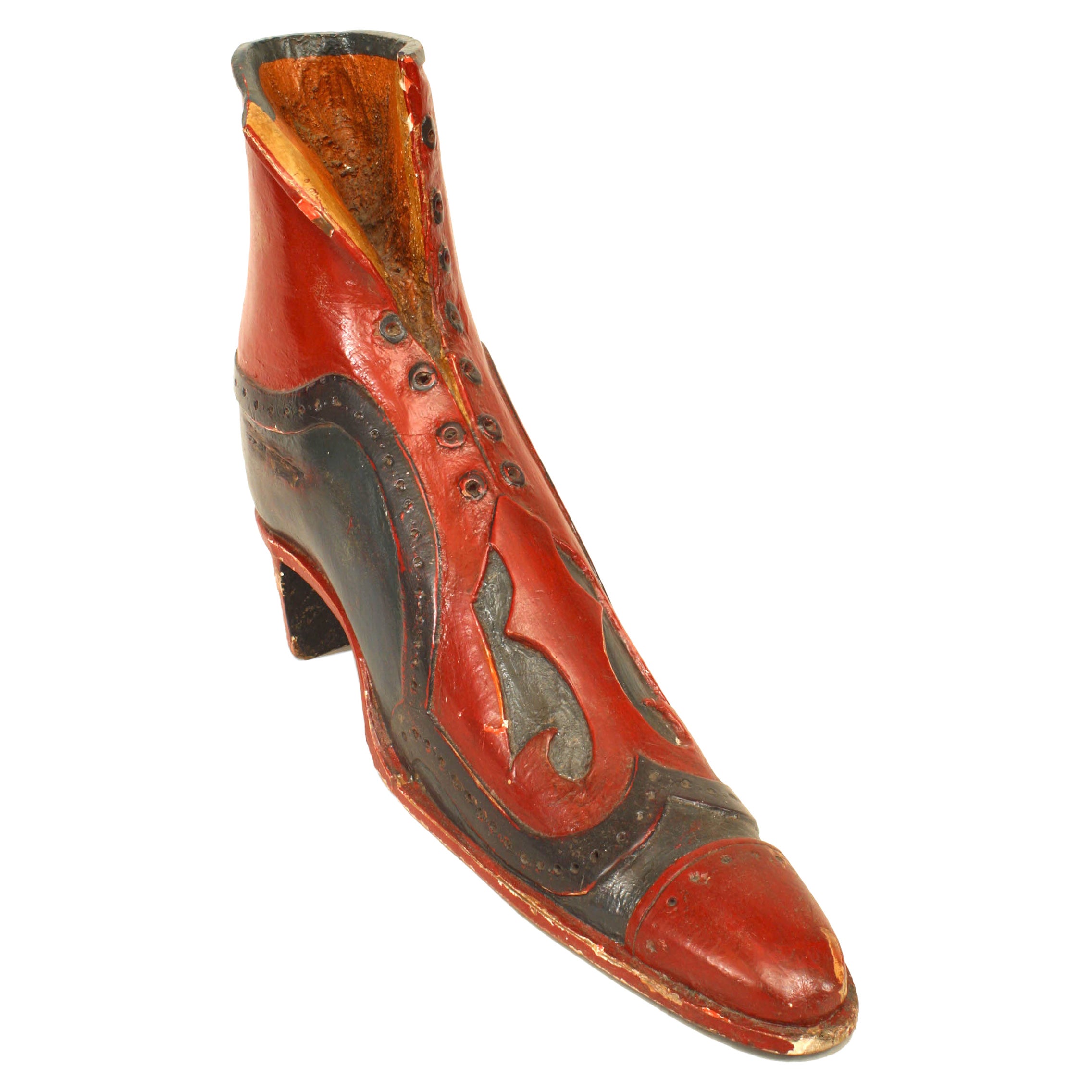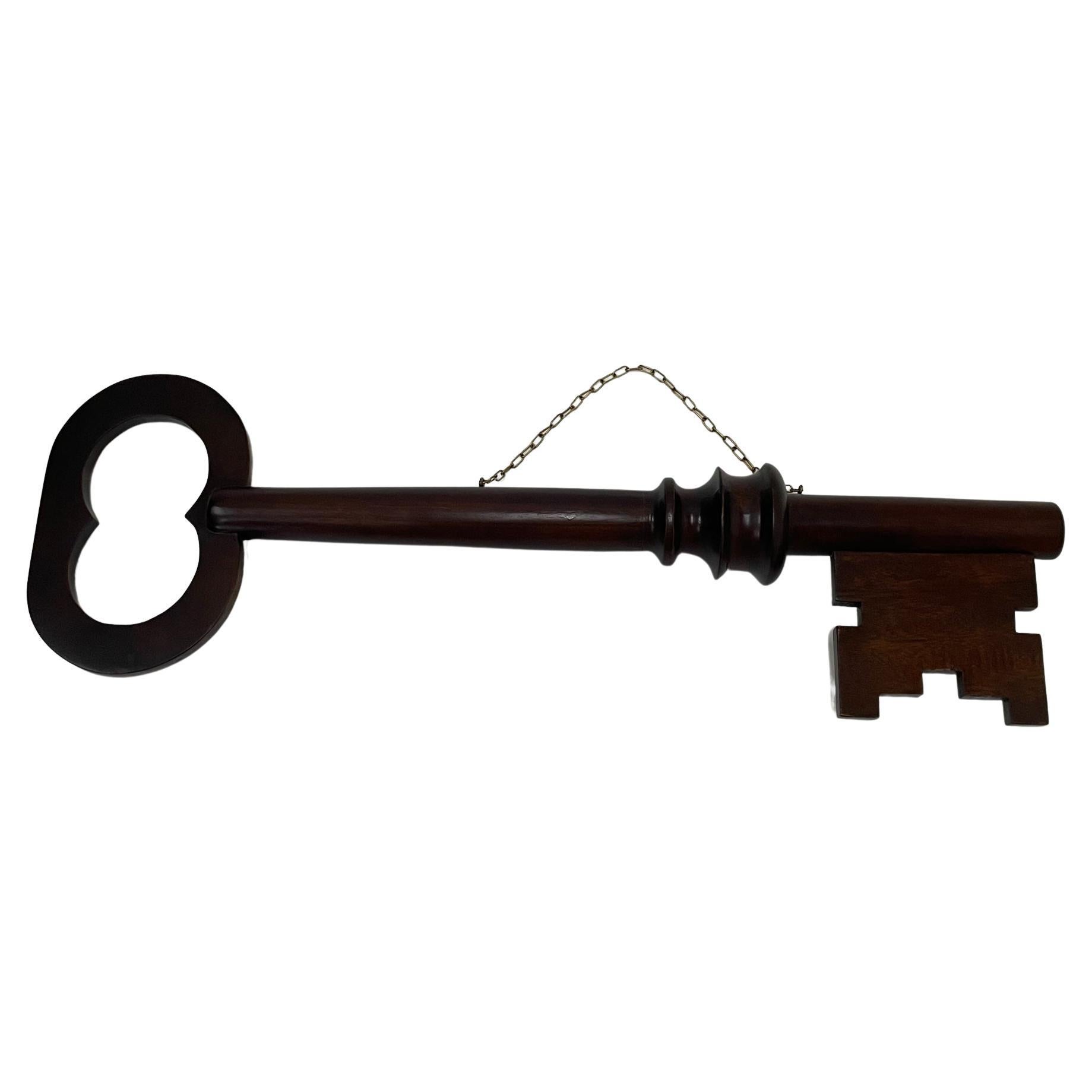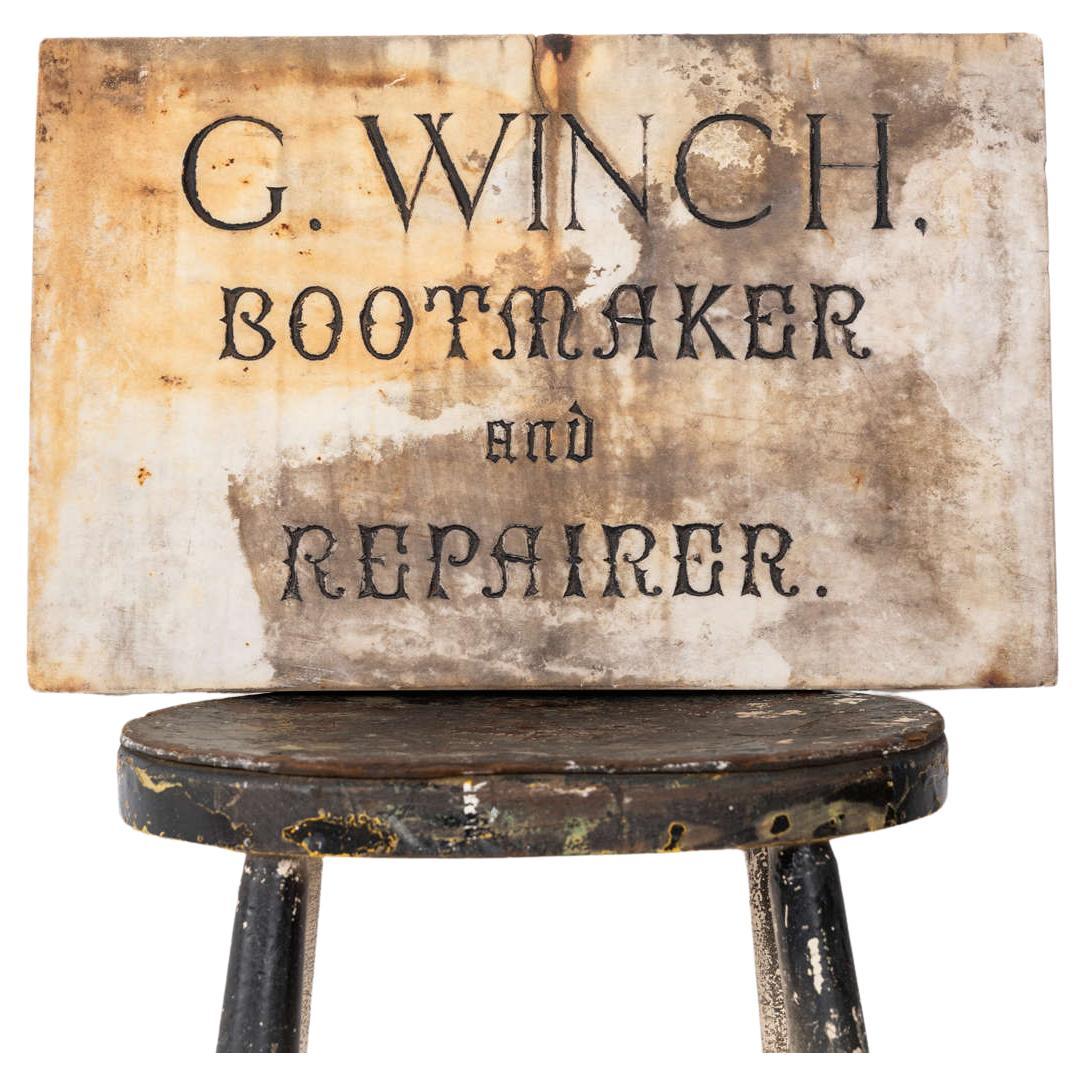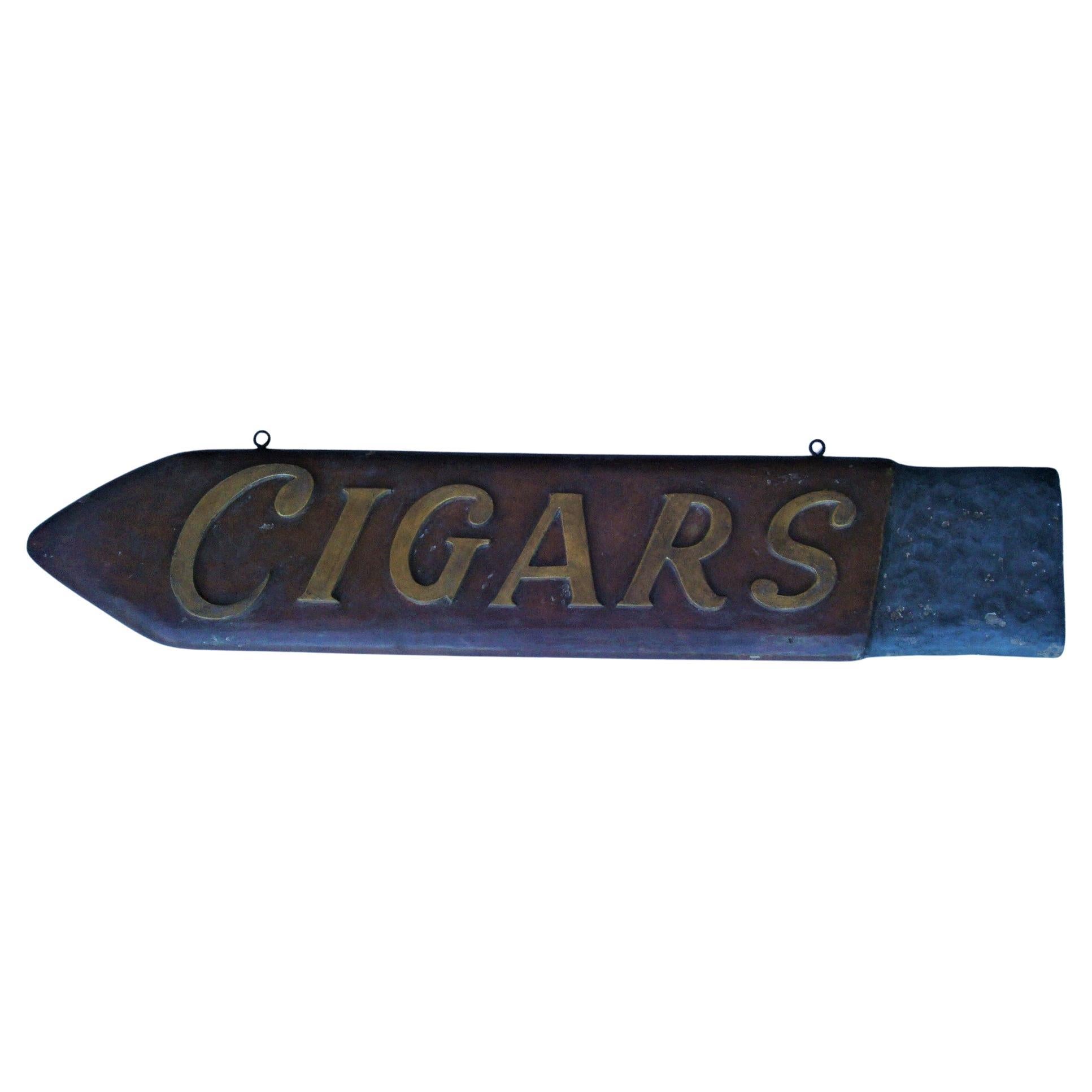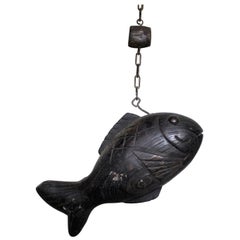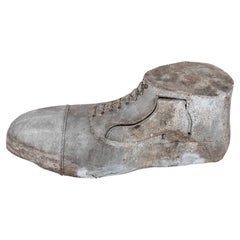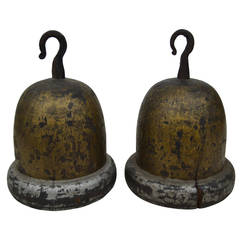
Carved Acorn Trade Signs
View Similar Items
1 of 7
Carved Acorn Trade Signs
About the Item
- Dimensions:Height: 9 in (22.86 cm)Diameter: 6 in (15.24 cm)
- Sold As:Set of 2
- Period:
- Date of Manufacture:circa 1840
- Condition:Wear consistent with age and use. Minor losses. Minor fading. beautiful and appropriate weathered surface.
- Seller Location:North Egremont, MA
- Reference Number:1stDibs: LU91743134662
You May Also Like
- 19th Century Chinese Restaurant Hand Carved Trade Sign of FishLocated in Hamilton, Ontario19th century Chinese restaurant hand carved trade sign of fish.Category
Antique 19th Century Signs
MaterialsWood
$895 Sale Price55% Off - Monumental Cobblers Boot Trade SignLocated in Staffordshire, GBMonumental Cobblers Boot Trade Sign. Provenance: By Repute Crosby Cobblers - Liverpool Est 1841 Originally hung outside the cobblers in Crosby, Liverpool. Hand forged metal strap work and solid brass laces...Category
Early 20th Century British Signs
MaterialsMetal, Brass
$7,627 Sale Price59% Off - 19th Century Cobbler Trade SignLocated in Nantucket, MAA carved cobbler's boot-form trade sign, in old gold paint. Carved in two pieces of pine, capped with lead, circa 1870 Very good condition, measures: 14" x 9 ½”.Category
Antique Late 19th Century American Folk Art Signs
MaterialsLead
- Early 20th Century Double Sided French Zinc Clock Smiths Trade SignLocated in London, GBEarly 20th century double sided French zinc clock Smiths Trade sign We are proud to offer a rare example of an early 20th century French double sided clock smiths trade sign. With i...Category
Vintage 1910s French Victorian Signs
MaterialsZinc
- English Victorian Painted Shoemaker's Boot SignLocated in New York, NYEnglish Victorian red & blue painted and decorated wood carved shoemaker's boot sign.Category
Antique Late 19th Century British Victorian Signs
MaterialsMetal
- Late 17th/Early 18th Century Polychrome Tobacconist Figure Sign Folk Art CarvingLocated in Lowestoft, GBA large carved and polychrome painted tobacconist's figure almost certainly 17th or early 18th century For a related example see Edward H. Pinto, Treen and other Wooden Bygones, Bell and Hyman, London 1969. Page 412, plate 436. Originally this may well have been a tobacconist's shop window figure. For a similar, but slightly earlier unpainted example, see Sotheby's, The W. J. Shepherd collection of treen, 30th November 1983, Lot 393, illustrated in Pinto "Wooden Bygones of Smoking and Snuff Taking", plate 1. Carved wooden figures, often painted, were placed outside tobacconist's shops as signs from the 17th century onwards. The earliest of these figures is the 'black boy' or 'blackamoor'. 'At the sign of the black boy' or 'at the sign of the blackamoor' was a popular address for tobacconists since the early 17th century. The 17th century figures...Category
Antique 17th Century English Sculptures and Carvings
MaterialsPine
Recently Viewed
View AllMore Ways To Browse
Wrought Iron Trade Sign
Vintage Menu Signs
Vintage Rusty Sign
Vintage Rusty Signs
1950 Neon Sign
Vintage Neon Old Neon Signs
Wrought Iron Trade Sign
Vintage Metal Arrow Sign
Vintage No Parking Sign
Vintage No Parking Signs
1940 Neon Sign
Vintage Metal Pub Signs
Trade Sign Optician
Vintage Menu Board Sign
Vintage Original Ice Cream Sign
Vintage Marlboro Lighted Sign
Vintage Sandwich Board
Vintage Michelin Sign
